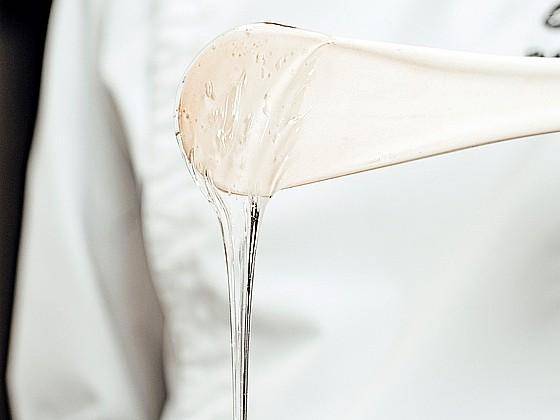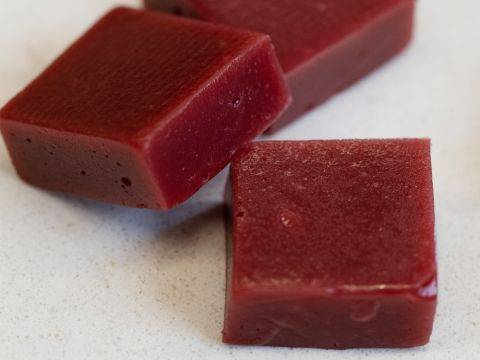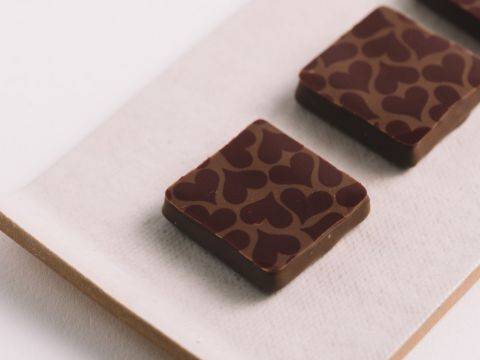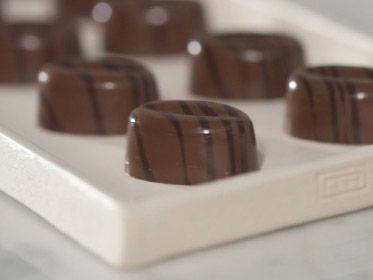Invert Sugar (Key Sugars in Ganache)
Invert Sugar (Key Sugars in Ganache)

You may see invert sugar, also referred to as inverted sugar, invert syrup, or by brand names like Trimoline and Nevuline. They are all the same thing: a semi-liquid product made by breaking the bonds between sucrose's glucose and fructose molecules.
Depending on the manufacturer, some sucrose molecules may remain mixed with the separated glucose and fructose molecules. In the kitchen, inverted sugar is usually found in the form of a white paste or a syrup.
Compared to sucrose, inverted sugar tastes sweeter, and products made with it tend to retain more moisture and are less prone to crystallization.
While it is possible to create inverted sugar in your kitchen, it can be difficult to produce consistent results, and it is better to purchase a commercially made product.
The Advantages and Disadvantages of Using Invert Sugar
Advantages
- Not prone to re-crystallization
- Binds well with water (preservation)
- Moisture Retention - good for products likely to dry out:
- muffins
- sponge cake
- ganache, etc - Dissolves easily in water
Disadvantages
- Sweeter tasting than sucrose
- can use less to achieve the same sweetness - Consumer perception
- Caramelizes faster than sucrose
(baked goods become darker)
Honey can be substituted for invert sugar, as honey is a sugar that naturally occurs as an inverted sugar. However, honey is much more expensive and has a distinct flavor.
View All of the "Key Sugars in Ganache" Articles
Recipes with Invert Sugar
See invert sugar in action in these recipes from Chocolate Academy™ Chefs








